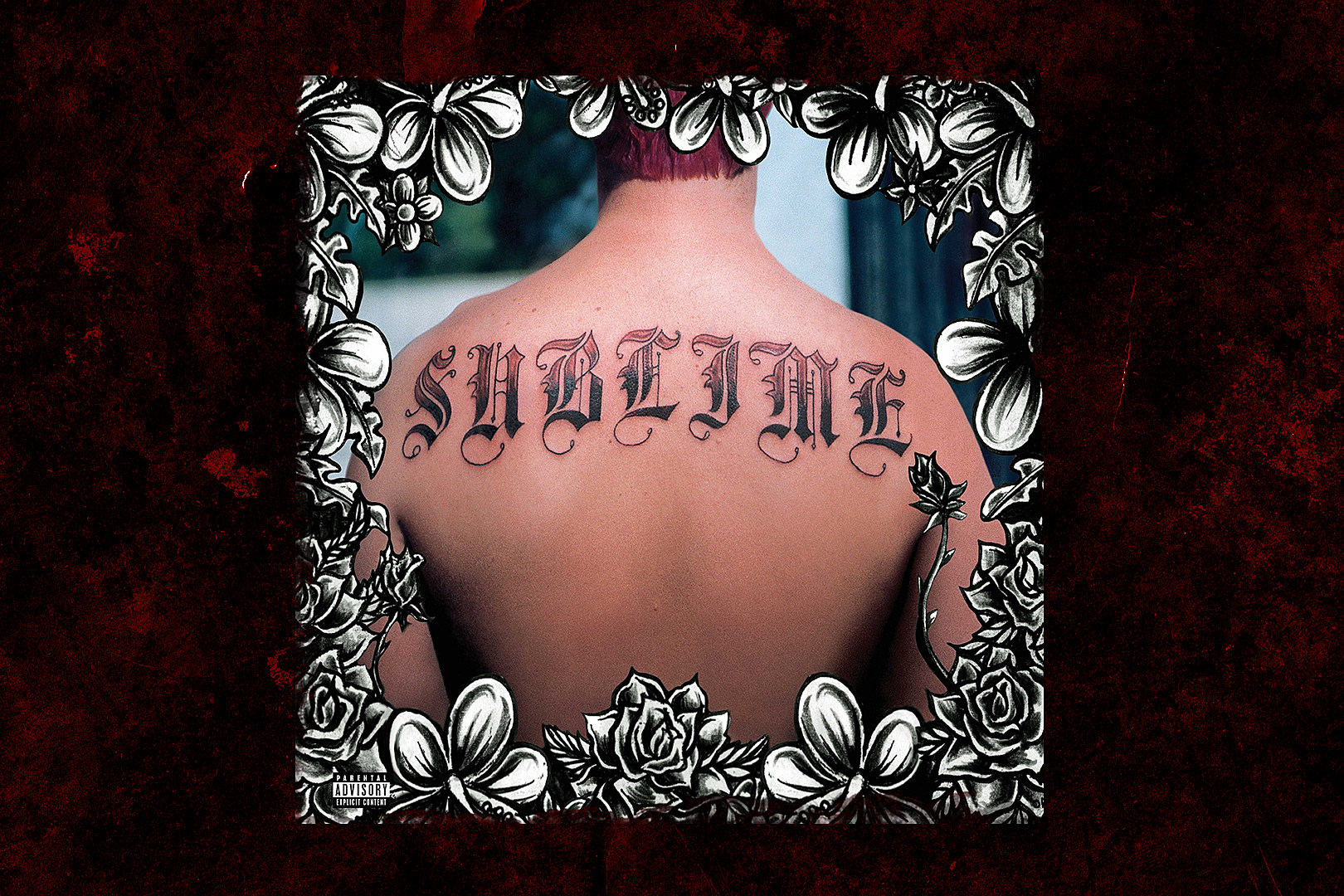



) of genius is shown to be key to great leaps forward, marvellous creation and understanding. Diderot’s answer pulls from his rich scientific thought coupled with the unique form of art criticism he develops. If everything in the universe is material, how can master painters create images of nature which enable us to see, to know, beauty more perfect than can ever exist in reality? What materially real thing does the master painter access to portray on canvas? The work of the 18th century French philosopher Denis Diderot responds to this conundrum. Shaw 2006 and Kirwan 2005 provide good introductions. Burke 1764 and Kant 2005 contributed influential accounts of sublimity. It was through the reception of Pseudo-Dionysus's work of rhetoric, On the Sublime, and modern translations such as Longinus & Broom 1757, that the concept became influential in rhetoric and philosophy. Sublime is distinguished from wonder and curiosity. As an aesthetic experience, the sublime is distinguished from moral feelings and outright fear. Powerful (apparently formless) objects such as waterfalls and mountains. It was seen as a positive aesthetic experience in response to vast or It became associated more with nature than art, and was distinguished fromīeauty. That inspiring or overwhelming quality in great literary works or speeches. The concept become influential in aesthetics through the reception of pseudo-Longinus’s work of rhetoric, On the Sublime, where the sublime referred to Sublime (sublimity) has been described as an experience, feeling, or judgment.Īs a positively valenced feeling, it is similar to excitement, astonishment, or awe.


 0 kommentar(er)
0 kommentar(er)
